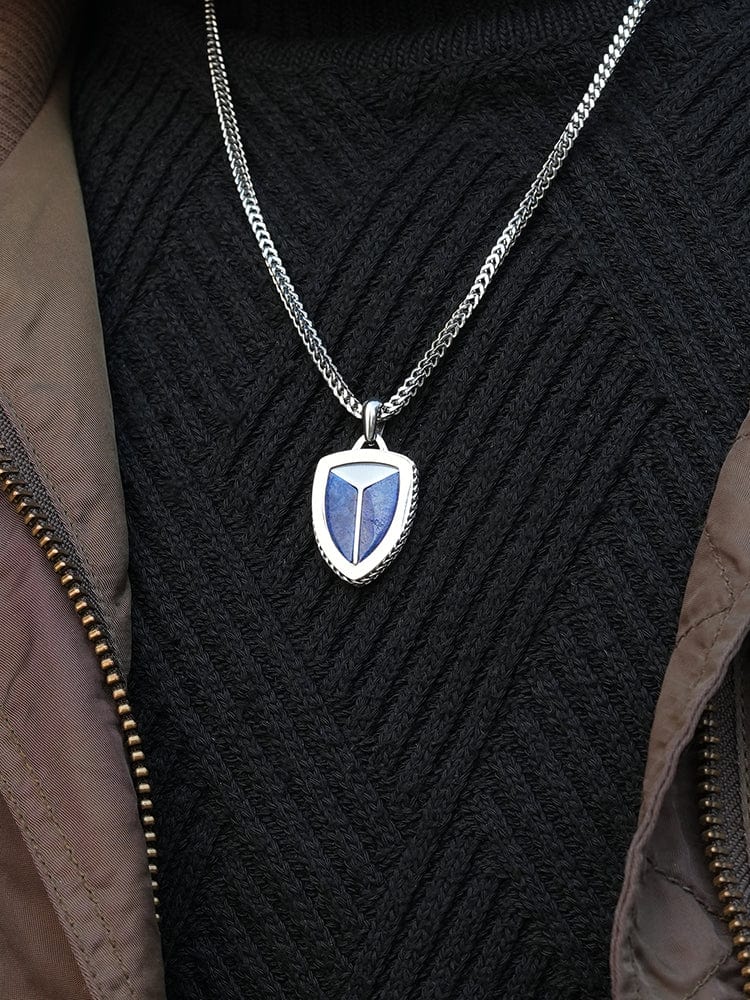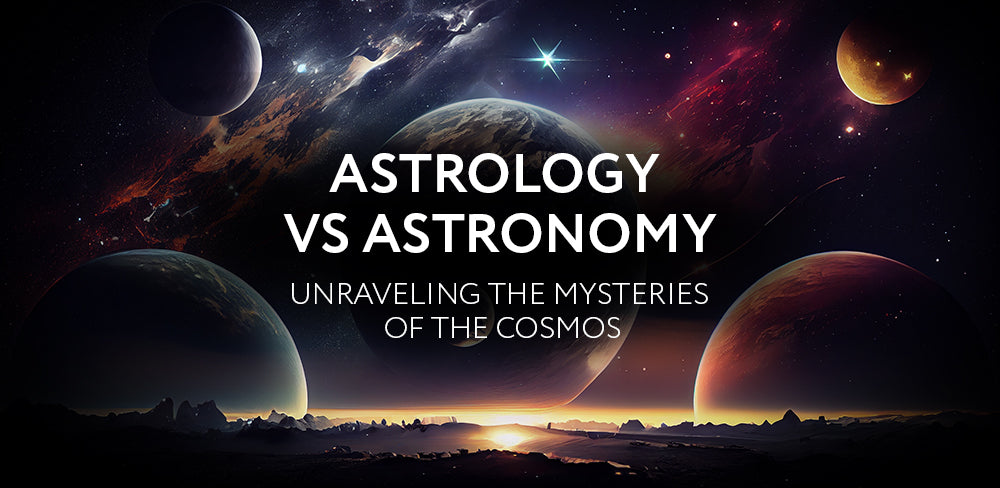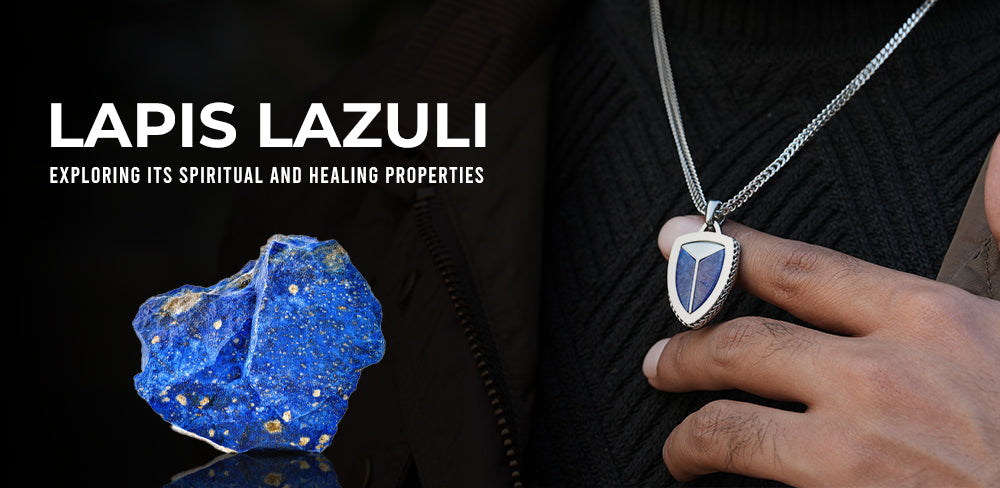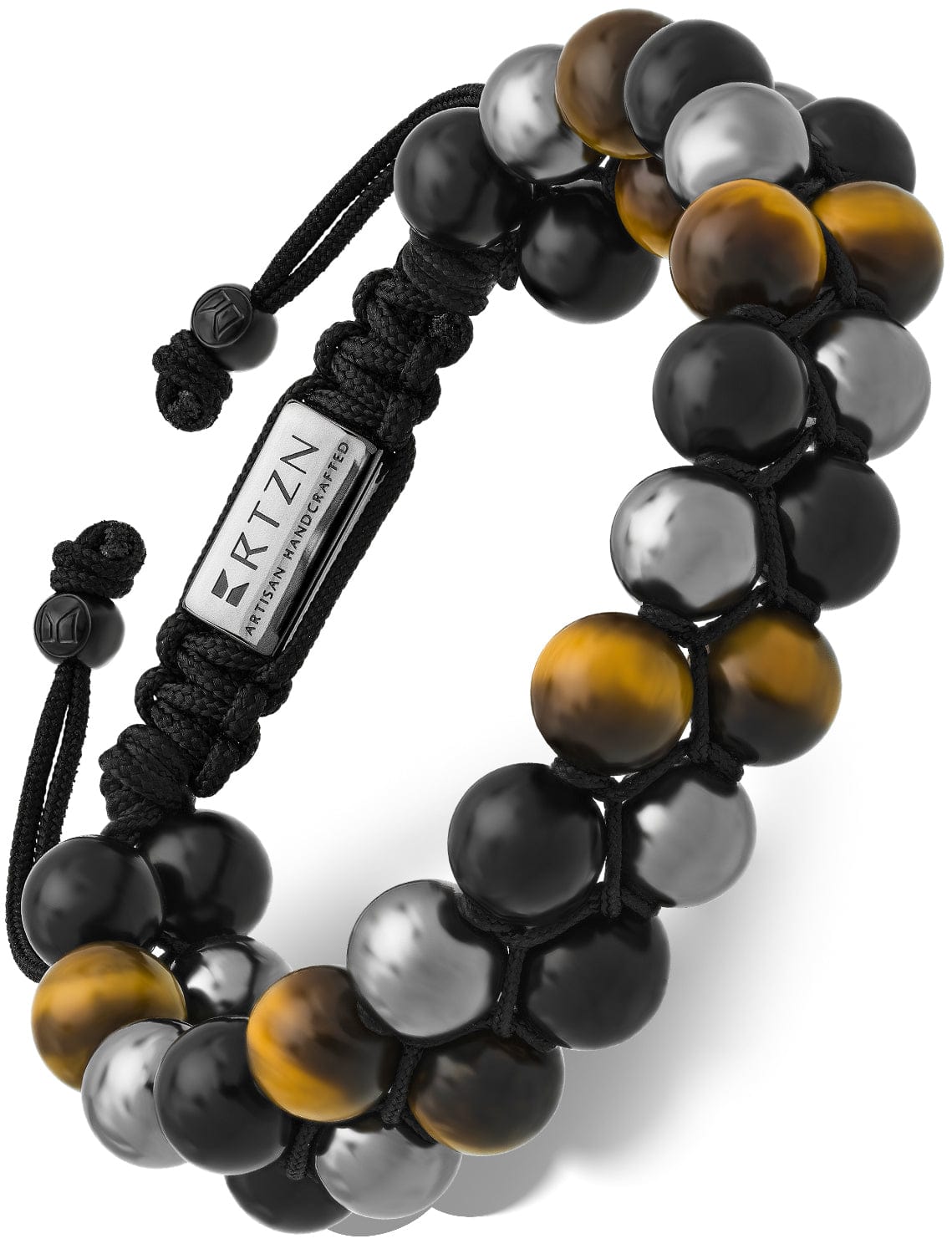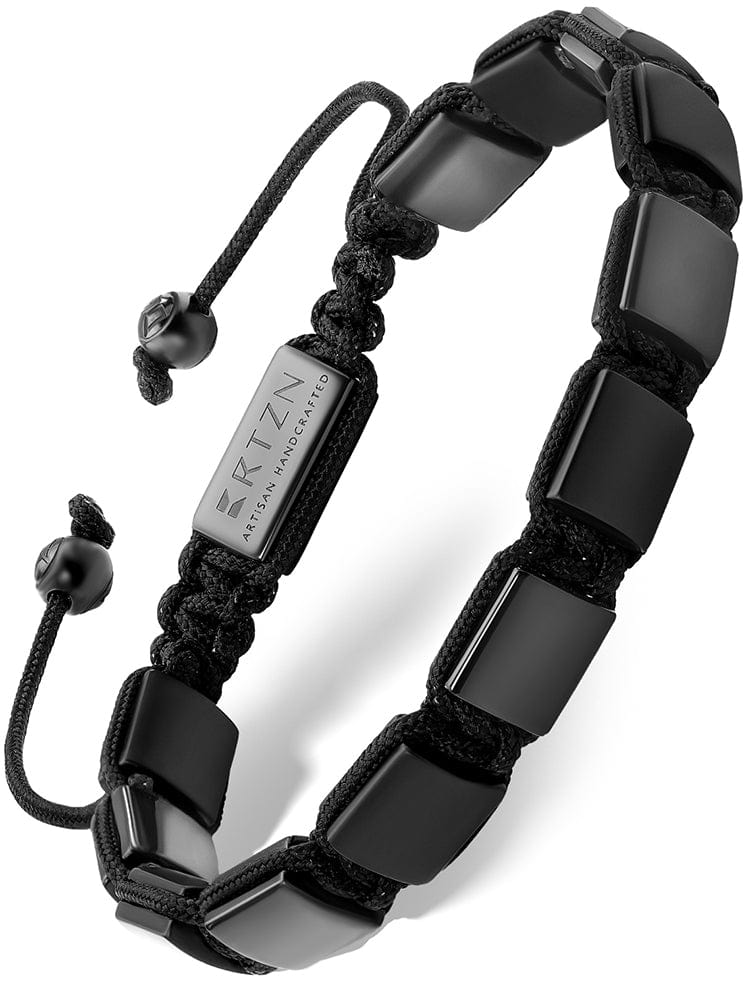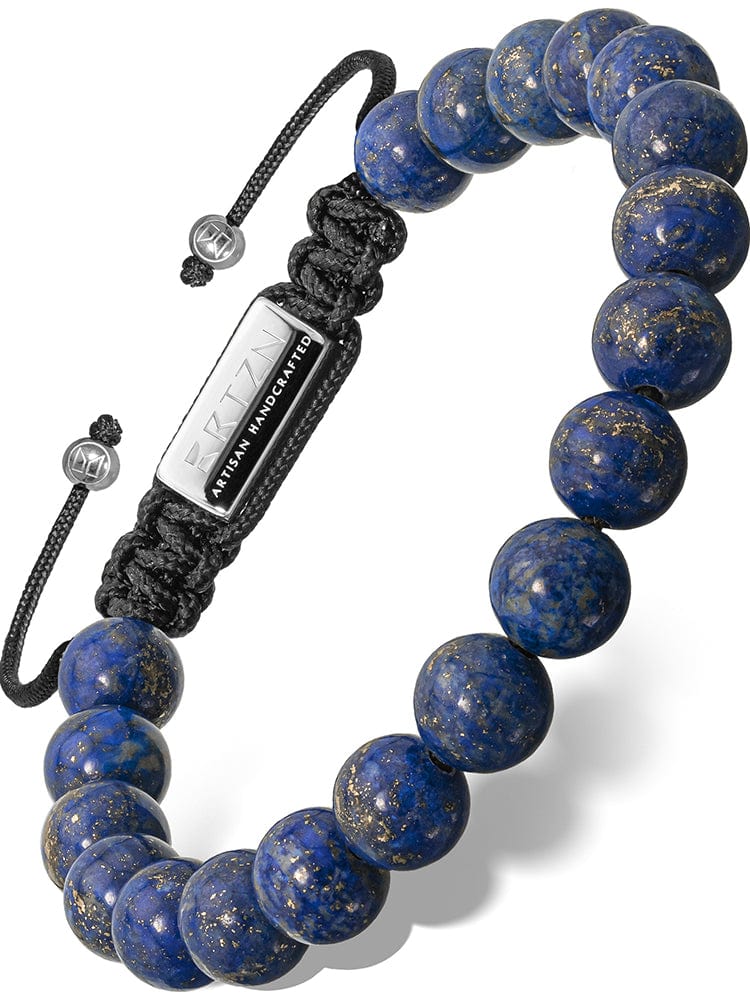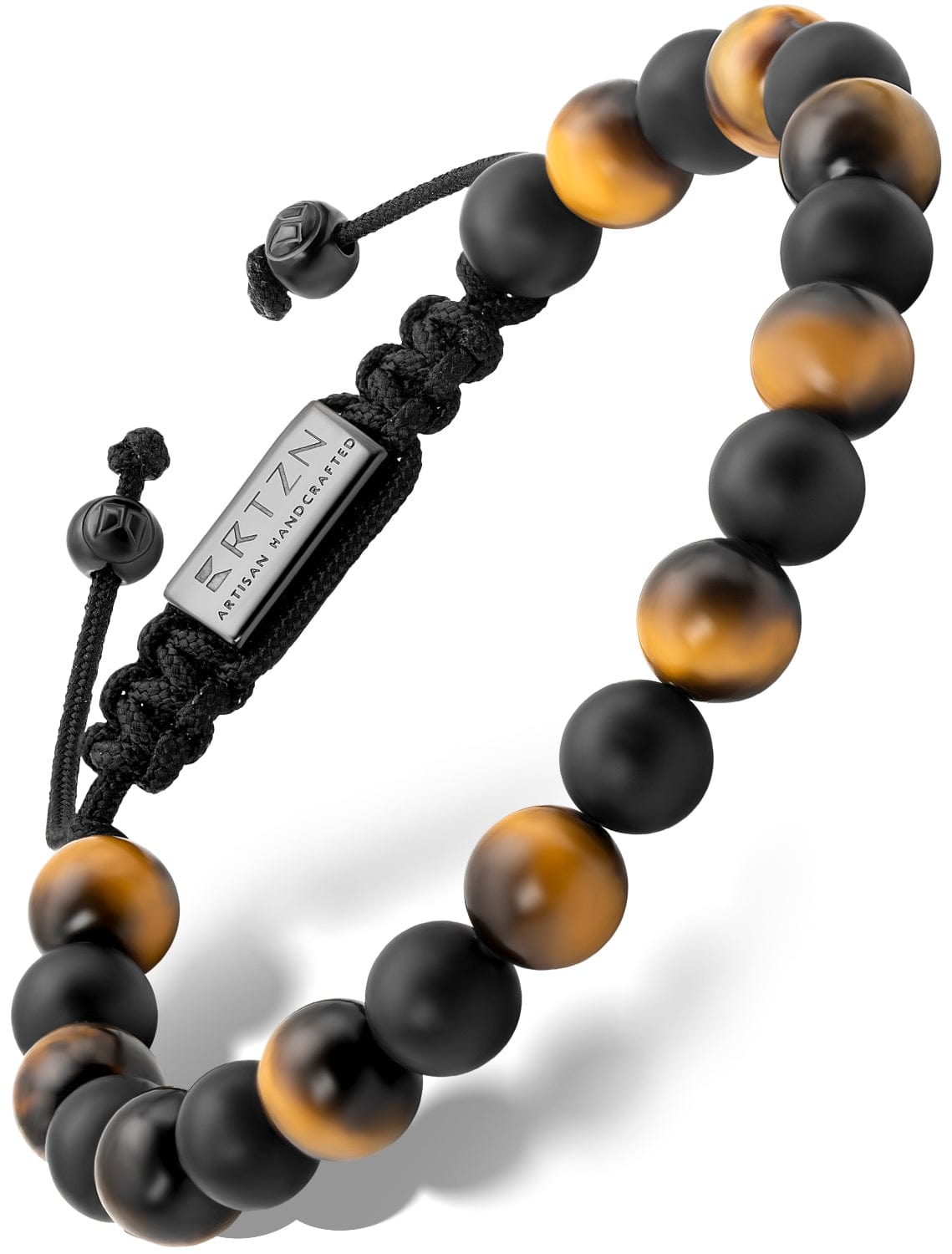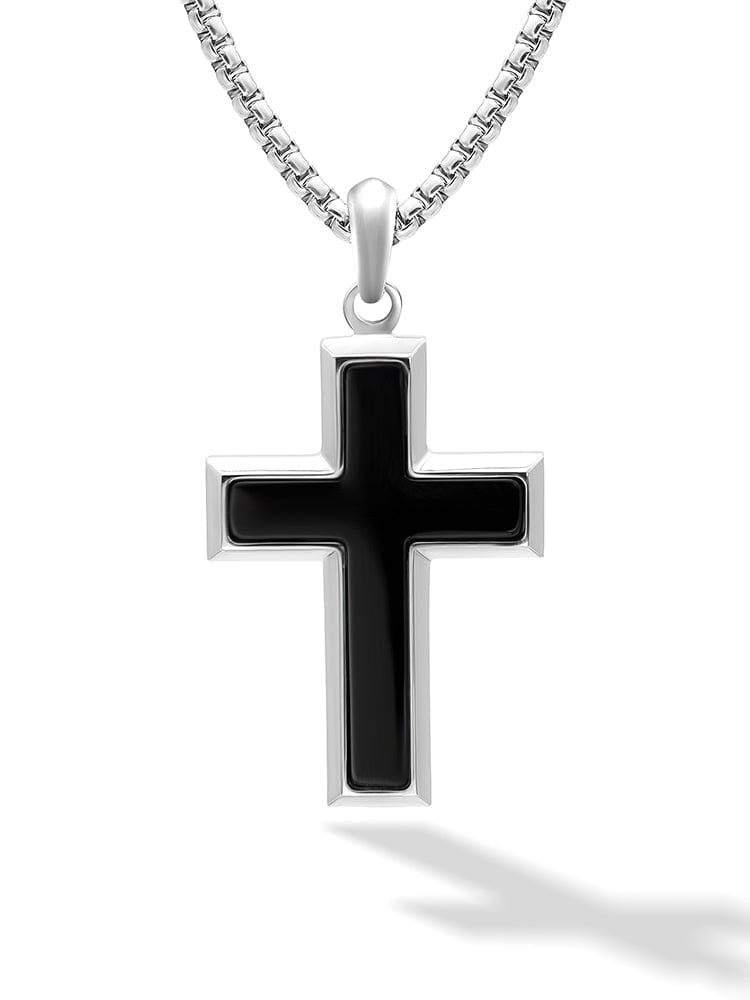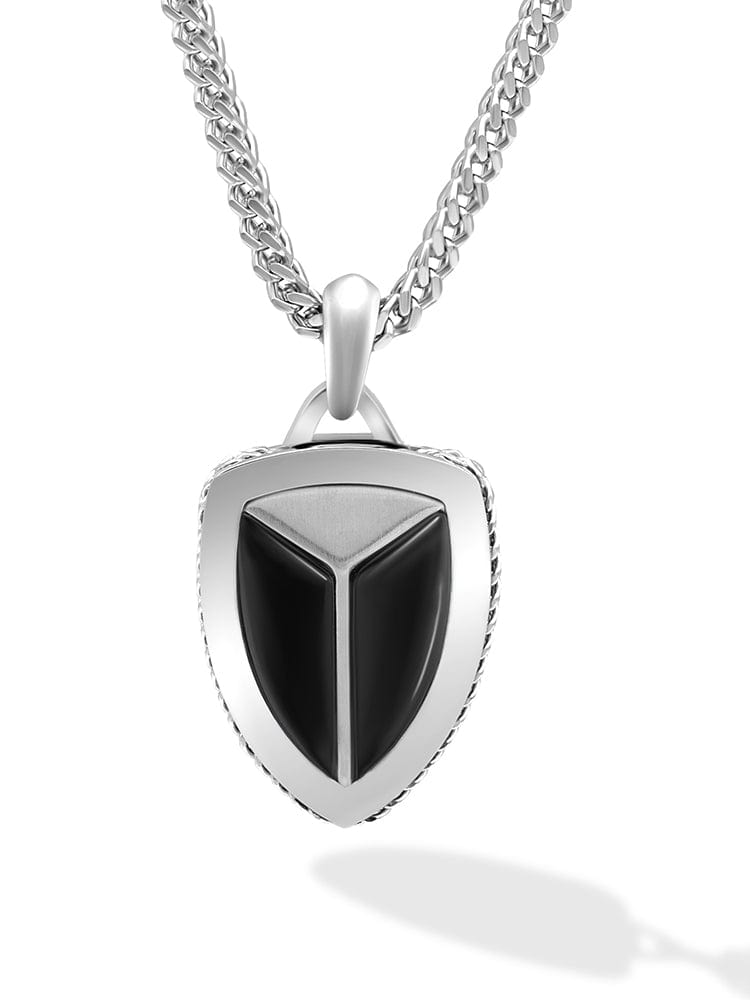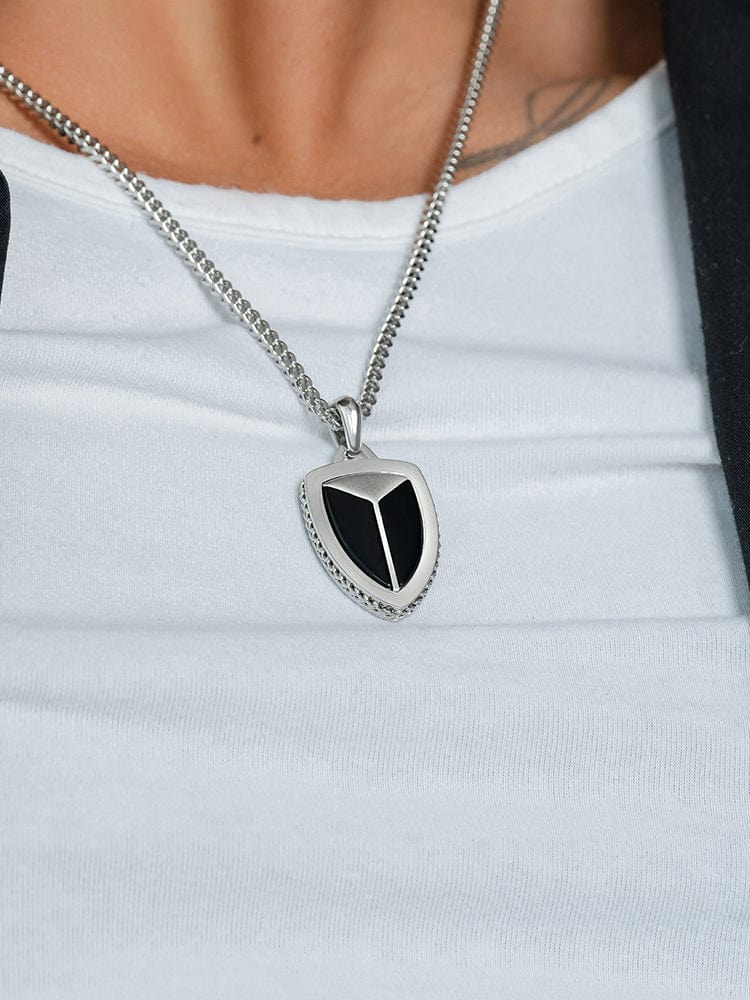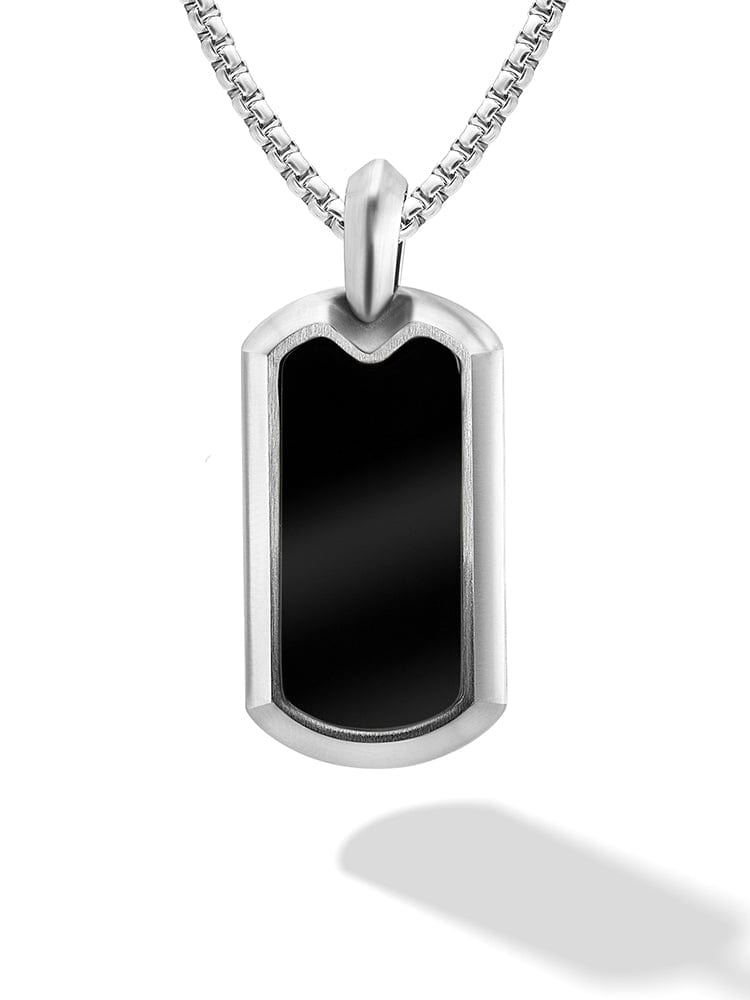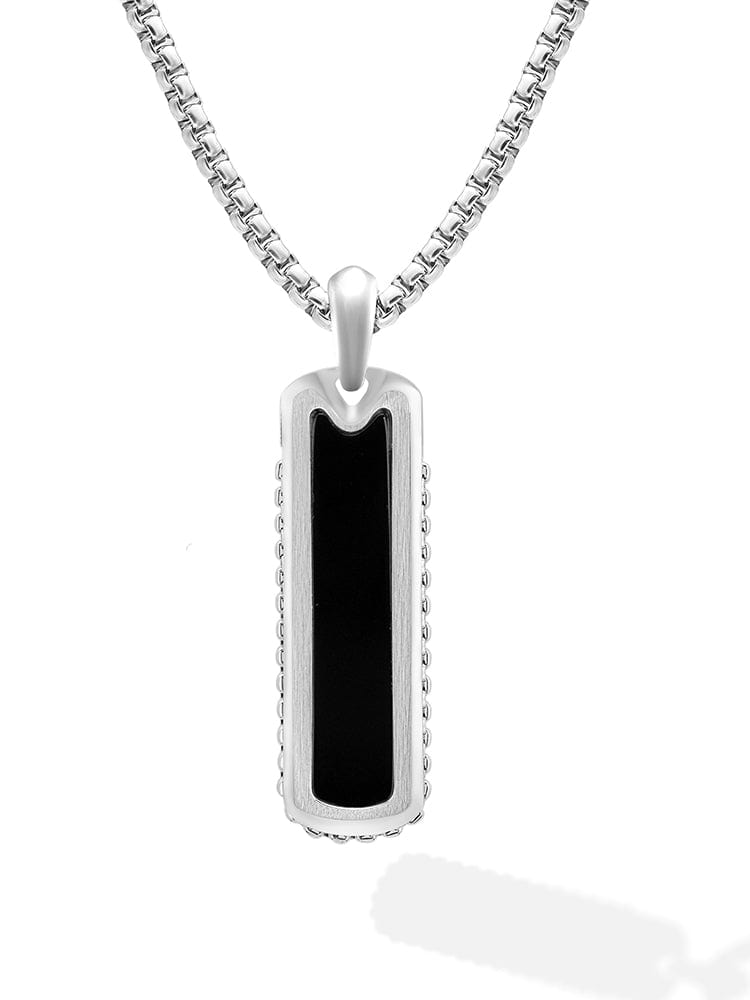The cosmos has always fascinated humanity, sparking curiosity and wonder about the universe and our place within it. This curiosity has given rise to two distinct yet often confused fields: astrology and astronomy. While both involve the study of celestial bodies, their purposes and methodologies are vastly different. In this blog, we'll unravel the mysteries of the cosmos through the lenses of astrology and astronomy, and how this ancient knowledge can be reflected in modern accessories like beaded bracelets for men and stone bracelets for men.
Understanding Astrology
Astrology is an ancient practice that interprets the influence of the stars and planets on human affairs and natural phenomena. Rooted in various cultures, astrology suggests that the positions and movements of celestial bodies at the time of one's birth can shape personality traits, influence behaviors, and even predict future events. The zodiac, a circle of twelve 30° divisions of celestial longitude, is central to astrology, with each sign associated with specific characteristics and tendencies.
The Historical Context of Astrology
Astrology has been practiced for thousands of years, with evidence of its use dating back to ancient civilizations like the Babylonians, Greeks, and Egyptians. The Babylonians are credited with developing the zodiac around 400 BCE, dividing the sky into twelve sections, each named after the constellation that appeared in that section at the time. This early form of astrology spread to Greece, where it was further refined and integrated into Greek culture by philosophers like Ptolemy.
The Egyptians also played a significant role in the development of astrology, particularly in the creation of horoscopes. They believed that the stars and planets influenced not only individual destinies but also the fate of their nation. Astrology was used to guide decisions in politics, agriculture, and medicine, reflecting its deep integration into daily life.

The Zodiac and Its Influence
The zodiac consists of twelve signs, each associated with specific personality traits and life events. These signs are divided into four elements: fire, earth, air, and water, each representing different aspects of human experience. Fire signs (Aries, Leo, Sagittarius) are often seen as passionate and energetic, while earth signs (Taurus, Virgo, Capricorn) are grounded and practical. Air signs (Gemini, Libra, Aquarius) are intellectual and communicative, and water signs (Cancer, Scorpio, Pisces) are emotional and intuitive.
Astrologers believe that the position of the sun, moon, and planets at the time of one's birth can provide insights into one's personality and future. For example, someone born under the sign of Leo might be seen as confident and charismatic, while a Virgo might be viewed as analytical and detail-oriented.
The Science of Astronomy
Astronomy, on the other hand, is the scientific study of celestial objects, space, and the universe as a whole. It involves observing, analyzing, and understanding phenomena beyond Earth's atmosphere. Astronomers use advanced technology, such as telescopes and satellites, to explore stars, planets, galaxies, and the vastness of space. Unlike astrology, astronomy relies on empirical evidence and the scientific method, making it a fundamental branch of science that expands our knowledge of the cosmos.
The Evolution of Astronomy
The history of astronomy dates back to ancient times, with early civilizations using the stars to navigate and create calendars. The Greeks made significant contributions to astronomy, with figures like Aristotle and Ptolemy developing geocentric models of the universe, which placed Earth at the center.
The Copernican Revolution in the 16th century marked a significant shift in astronomical thought. Nicolaus Copernicus proposed a heliocentric model, placing the sun at the center of the solar system. This theory was later supported by the observations of Galileo Galilei and Johannes Kepler, who provided evidence for the motion of planets around the sun.
The invention of the telescope by Galileo in the early 17th century revolutionized astronomy, allowing for more detailed observations of celestial bodies. Isaac Newton's laws of motion and universal gravitation further advanced the field, providing a mathematical framework for understanding the movements of planets and stars.
Modern Astronomy
Today, astronomy is a highly advanced science, with researchers using sophisticated instruments and technology to study the universe. Space telescopes like the Hubble Space Telescope have provided breathtaking images and valuable data on distant galaxies, nebulae, and black holes. Radio telescopes and space probes have expanded our knowledge of the cosmos, revealing the existence of exoplanets and the intricate details of our own solar system.
Astronomy is divided into several subfields, including observational astronomy, which focuses on collecting and analyzing data from telescopes; theoretical astronomy, which involves creating models and simulations to explain astronomical phenomena; and planetary science, which studies the formation and evolution of planets and moons.
Bridging Ancient Wisdom and Modern Fashion
While astrology and astronomy serve different purposes, they both offer a sense of connection to the universe. This connection is often reflected in personal styles and accessories, such as beaded bracelets for men. These bracelets are not just fashion statements but also carry meanings and properties that resonate with the wearer's beliefs and interests.

For instance, an astronomy enthusiast might choose a bracelet made of lapis lazuli, a stone that has been associated with wisdom and truth since ancient times. Similarly, someone who follows astrology might select a bracelet featuring stones that align with their astrological sign, harnessing the energies believed to influence their life.
The Symbolism of Beaded and Stone Bracelets
Beaded and stone bracelets have been worn for centuries as symbols of power, protection, and spirituality. In many cultures, different stones are believed to possess unique properties that can influence the wearer's physical, emotional, and spiritual well-being.
Stone Bracelets and Astrology
In astrology, certain stones are associated with each zodiac sign, believed to amplify the positive traits and mitigate the negative ones. Here are some examples:
- Aries (March 21 - April 19): Bloodstone, known for its protective and healing properties, is believed to enhance the courage and determination of Aries.
- Taurus (April 20 - May 20): Rose quartz, the stone of love and harmony, is thought to bring emotional balance and calm to the grounded Taurus.
- Gemini (May 21 - June 20): Agate, a stone of communication and clarity, is said to help Geminis express themselves more effectively and maintain mental focus.
- Cancer (June 21 - July 22): Moonstone, associated with intuition and emotional healing, is believed to resonate with the nurturing and sensitive nature of Cancer.
- Leo (July 23 - August 22): Tiger's eye, known for its protective and confidence-boosting properties, is thought to enhance the charisma and leadership qualities of Leo.
- Virgo (August 23 - September 22): Amazonite, a stone of clarity and truth, is believed to help Virgos with their analytical and meticulous nature.
- Libra (September 23 - October 22): Lapis lazuli, associated with balance and harmony, is thought to resonate with Libra's desire for fairness and beauty.
- Scorpio (October 23 - November 21): Obsidian, a stone of protection and transformation, is believed to support Scorpio's intense and transformative energy.
- Sagittarius (November 22 - December 21): Turquoise, known for its protective and adventurous qualities, is thought to resonate with Sagittarius' love for exploration and knowledge.
- Capricorn (December 22 - January 19): Garnet, a stone of strength and stability, is believed to enhance Capricorn's determination and perseverance.
- Aquarius (January 20 - February 18): Amethyst, associated with spirituality and wisdom, is thought to support Aquarius' innovative and forward-thinking nature.
- Pisces (February 19 - March 20): Aquamarine, known for its calming and intuitive properties, is believed to resonate with Pisces' compassionate and imaginative spirit.
Stone Bracelets and Astronomy
For those fascinated by astronomy, certain stones hold particular significance due to their historical and cultural associations with celestial bodies and phenomena. Here are a few examples:
- Moonstone: Named for its resemblance to the moon's glow, moonstone has been used in various cultures to connect with lunar energy and enhance intuition.
- Sunstone: With its warm, golden hues, sunstone is associated with the sun and is believed to bring joy, vitality, and empowerment.
- Lapis Lazuli: This deep blue stone has been prized for centuries for its resemblance to the night sky. It was used by ancient astronomers and astrologers to connect with the cosmos and enhance spiritual insight.
- Obsidian: Often referred to as volcanic glass, obsidian is formed from molten lava. Its dark, reflective surface is associated with the mysteries of space and is believed to offer protection and grounding.
Choosing the Right Bracelet
When selecting stone bracelets for men, consider the following tips to ensure your choice aligns with your interests in astrology or astronomy:
- Zodiac Stones: Choose stones that correspond to your zodiac sign to harness specific energies. For example, amethyst for Pisces or garnet for Capricorn.
- Astronomical Inspiration: Opt for stones that have historical significance in astronomy, such as moonstone, which has been used by various cultures to connect with lunar energy.
- Personal Connection: Select stones that you feel personally drawn to, as this connection can enhance the bracelet's meaning and impact on your life.
- Style and Design: Consider the style and design of the bracelet, ensuring it complements your personal fashion sense. Beaded bracelets offer a versatile look that can be dressed up or down, while stone bracelets provide a more polished and sophisticated appearance.
Quality and Craftsmanship: Choose bracelets made from high-quality materials and craftsmanship to ensure durability and longevity. Look for reputable sellers who source genuine stones and beads




